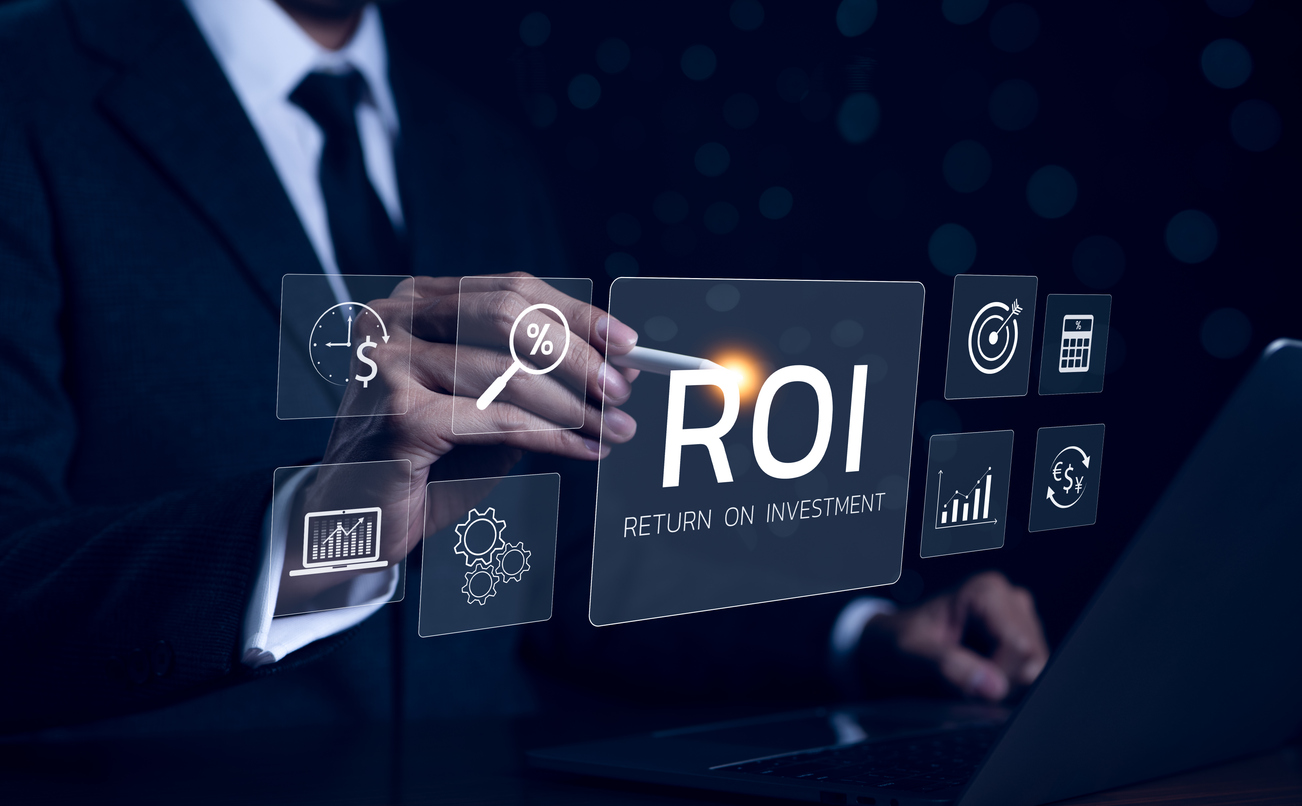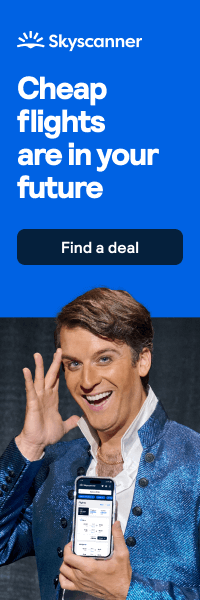The ROI of Mental Health in the Workplace: Data-Backed Insights for Leaders
The $1 Trillion Wake-Up Call
When Salesforce invested $6 million in comprehensive mental health programs, they saw a 42% reduction in sick days within 18 months—proving that employee well-being isn't an expense, but a strategic profit lever. This aligns with World Health Organization findings that depression and anxiety cost the global economy $1 trillion annually in lost productivity.
The data is unequivocal: companies ignoring mental health pay a steep price. In the U.S. alone, untreated mental health conditions lead to $47.6 billion in annual losses (National Institute of Mental Health). Employees struggling with depression demonstrate 35% lower productivity (Journal of Clinical Psychiatry), while presenteeism—working while unwell—costs employers three times more than absenteeism (Harvard Business Review).
The Proven Financial Returns of Mental Health Investment
1. Retention Revolution
Turnover rates plummet when companies prioritize psychological well-being. Mind Share Partners' 2024 report reveals organizations with robust mental health support experience 30% lower attrition. The American Psychological Association found employees with therapy access take 50% fewer sick days—but crucially, only when leadership actively reduces stigma.
At Salesforce, where executives openly discuss their therapy use, program utilization rates are three times higher than industry averages. Their "Mental Wellness Day" policy reduced burnout-related resignations by 28% in 2023.
2. Productivity Payoff
A WHO study of 38,000 workers showed employees in mentally healthy environments are 12% more productive. Gallup's latest data reveals companies with strong mental health policies boast three times higher engagement scores.
The neuroscience behind this is clear. Dr. Amishi Jha, cognitive neuroscientist at the University of Miami, explains: *"Chronic stress shrinks the prefrontal cortex—the brain region responsible for decision-making. Just 8 weeks of mindfulness training can reverse this damage and restore peak cognitive performance."*

3. Healthcare Cost Reduction
The National Safety Council calculates that employers save $3.27 for every $1 spent on mental health treatment. Depression alone adds $5,000+ in annual healthcare costs per affected employee (CDC).
Johnson & Johnson's mental health program delivers compelling proof: their 40% reduction in depression-related disability claims saves $250,000 yearly—equivalent to 17% of their total healthcare spend for participating divisions.
What Actually Works? Evidence-Based Strategies
Employee Assistance Programs (EAPs) With Teeth
While 80% of Fortune 500 companies offer EAPs, a 2023 SHRM report shows only 12% utilization due to persistent stigma. The solution?
-
Leadership modeling (e.g., Microsoft's VP of HR publicly shares her therapy journey)
-
Anonymous digital access (Bank of America saw 300% more usage after launching 24/7 chat therapy)
-
Measured outcomes (Deloitte ties 30% of HR bonuses to EAP engagement metrics)

Manager Training That Moves the Needle
McKinsey's 2024 analysis found companies investing in mental health leadership training achieve:
-
20% higher retention
-
15% faster promotion rates for trained managers
-
9:1 ROI through reduced conflict resolution time
Unilever's "Mental Health Allies" program certifies 1 manager per 50 employees in psychological first aid, leading to 41% faster team recovery after stressful projects.
Related: Private Equity’s Growing Obsession With Wellness Brands
Related: AI, Ecosystems, and the Future of Value Creation: Beyond Products to Platforms for Longevity
Flexibility as Clinical Intervention
Stanford researchers discovered flexible schedules reduce stress hormones by 30%—comparable to anti-anxiety medication effects. Buffer's internal data shows remote-friendly companies experience 25% lower turnover, while Owl Labs found hybrid workers report 29% higher life satisfaction.
The Next Frontier of Workplace Mental Health
-
AI-Powered Prevention
Woebot Health's clinical trial showed their AI therapist reduces anxiety symptoms 22% faster than traditional EAPs. -
Biometric Early Warning Systems
Companies like BP now use WHOOP bands to detect stress patterns, intervening before burnout occurs. -
Performance-Linked Benefits
Goldman Sachs' new policy ties 15% of bonuses to completing mental health check-ins—resulting in 92% participation vs. 34% industry average.
Conclusion
With untreated mental health issues costing $47 billion annually in the U.S. alone, the question isn't whether companies can afford to act—it's whether they can afford not to. As Lyra Health's 2024 Workforce Report concludes:
"Organizations treating mental health as a core business strategy outperform peers by 23% on profitability metrics."
Related: Inside the Business of Biohacking: From Nootropics to Red Light Therapy












